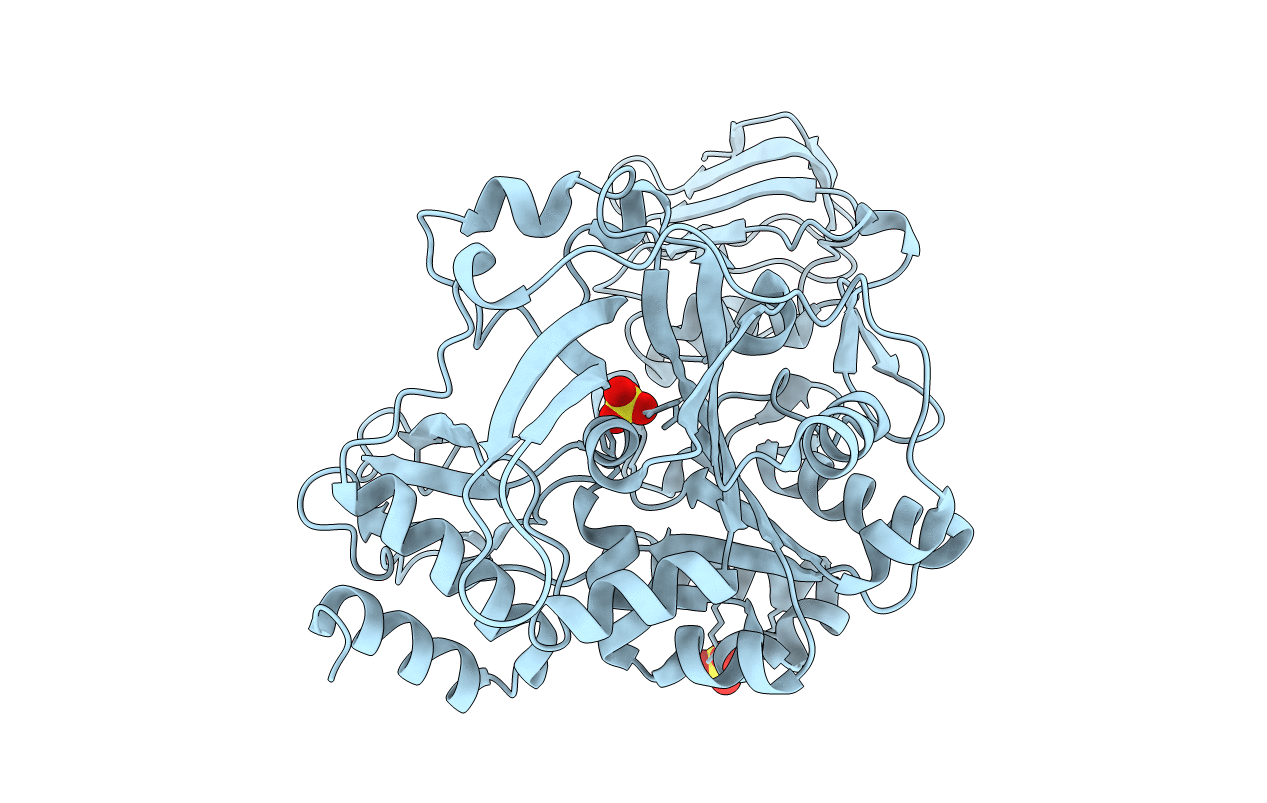
Deposition Date
2006-12-29
Release Date
2007-02-13
Last Version Date
2024-11-13
Entry Detail
PDB ID:
2OEF
Keywords:
Title:
Open and Closed Structures of the UDP-Glucose Pyrophosphorylase from Leishmania major
Biological Source:
Source Organism:
Leishmania major (Taxon ID: 5664)
Host Organism:
Method Details:
Experimental Method:
Resolution:
2.40 Å
R-Value Free:
0.26
R-Value Work:
0.21
R-Value Observed:
0.21
Space Group:
C 2 2 21


